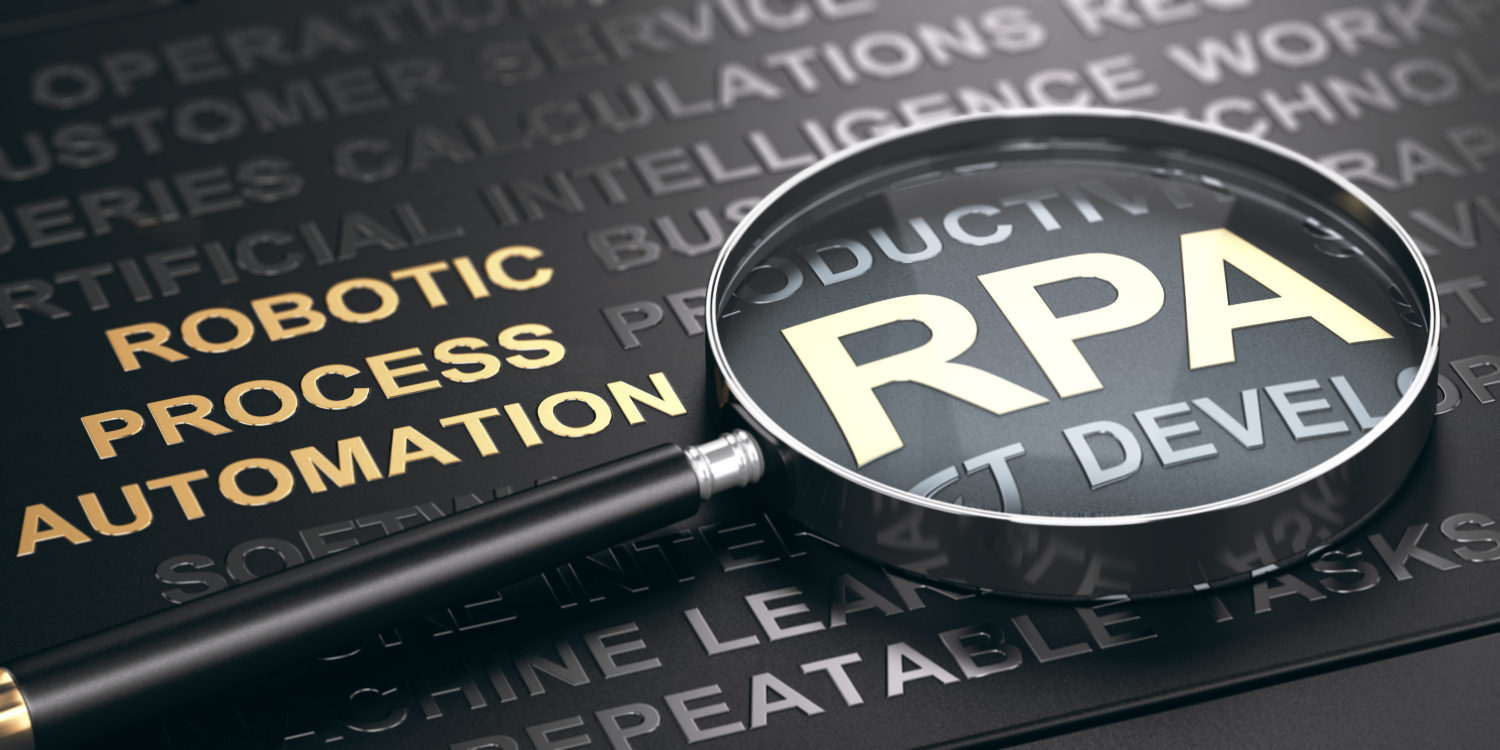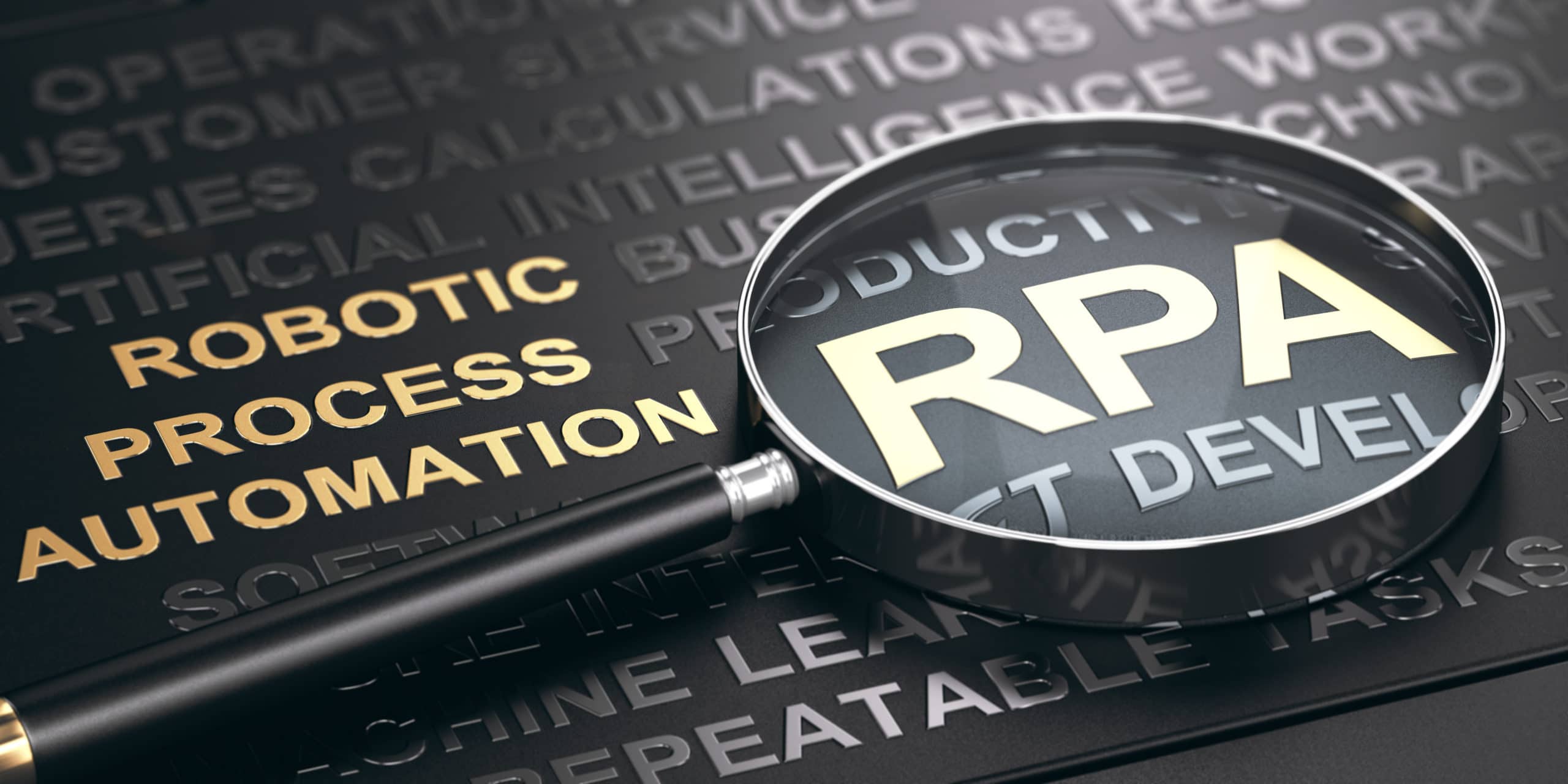
Robotic Process Automation (RPA for short) is the concept of using artificial intelligence “bots” to replace monotonous tasks within your fleet management organization. Usually these tasks are time consuming when completed by a human. Therefore, fleet managers could potentially save time and money automating these tasks and allowing human employees more time to focus on other important jobs.
RPA for Fleet Management
You may be asking yourself, “what specific jobs could an RPA bot automate?” The answer could be different depending on your specific needs. The first step before automating and implementing your organization is to allow the RPA vendor of your choice to assess your entire workflow from start to finish. This will make it easier for them to see where your time is being spent and whether the process can be automated.
Popular tasks that can be automated within fleet management
- Consolidating Reports
- Ordering Toll Tags
- Reimbursement of Claims
- Insurance Claims
- Managing Process Exceptions
- Ordering Fuel Cards
- Payment Processing
- Vehicle Purchasing
- Vehicle Financing
- Vehicle Registration
- Driver Reimbursement
- Management of Fines and Infringements
Usually RPA should be utilized by fleet managers with 50 or more vehicles to really see an added value in cost and time savings, but it doesn’t hurt
How much time can RPA save my organization?
It really depends on how much of your business can be automated after the initial assessment. Businesses in the financial sector, for example, have saved 25,000 hours per year with a fully implemented RPA strategy, but the financial sector has a lot of monotonous tasks where RPA can shine. The best way to assess how much time RPA can save your specific business, you will have to keep track of how much time your employees are spending to accomplish the tasks that normally would be replaced with an artificial intelligence bot.
Lets say an employee spends 10 hours a week managing payment processing (just one of the many jobs RPA can replace). Calculate the amount of total time per year for this task. 52 weeks multiplied by 10 equals 520 total hours per year spent in payment processing. If your employee is paid $20.00 per hour, then your cost savings is $10,400 per year. This is a significant amount of income that could be utilized in other locations within your fleet management organization.
How RPA is implemented
Usually the first step is figuring out which company is best for your fleet operation. Once you make a choice, the company will come in and create an assessment of your entire processes. This learning stage of Robotic Process Automation determines which tasks can be utilized with the automated strategy. There is usually an ROI created within the assessment that will give you the knowledge necessary to make an educated decision.
Examples of Implementation
Read and import data from random documents: Do you have employees that spend countless hours reading spreadsheets? RPA can not only read these documents as well as a human, but also interpret the data within and process the information into the correct areas. For Example, shipment scheduling and tracking, invoicing, and inventory tracking.
Make different systems communicate with each other: Do you provide random drug tests within your operation? RPA can communicate with third party vendors to schedule drug tests specifically for each of your drivers and forward the information wherever it needs to be retrieved and executed. This is only one example of third-party communication that these types of programs can automate.
Automate tasks such as the ones listed above: Make payments to drivers, insurance, and/or loans. RPA can also automate your entire fuel card processing. Basically, if there is a task that is highly time consuming and requires lots of reading and interpretation, Robotic Process Automation could handle it better than a human will and with less errors.
Scan web searches and send reports: Do you make a lot of purchases for newer vehicles within your organization? What if there was a way to automate finding the best possible price for each purchase? RPA could even search the web for different types of insurance policies, what they cover, and which price is the most affordable for you. Perhaps you need more research on loads for your shipments? Done!
Questions to ask your future RPA vendor:
- What is the process from start to finish if I wanted to implement RPA within my organization?
- How long does the implementation process take?
- How can RPA help a fleet of 50 or more vehicles?
- Is RPA useless for organizations less than 50 vehicles?
- What are the most common tasks an RPA can automate within a commercial fleet organization?
- Do you have industry averages on how much RPA has saved time/money?
- Is there an average cost to implementing RPA?
- What is the average ROI for RPA within fleet management?
- What are some assurances that your company provides for trouble shooting?
- Do they offer a centralized management interface to measure and monitor performance?
- What sort of security is offered?
- Automation Anywhere
- UiPath RPA
- Blue Prism
- Pega Platform
- Laserfiche
- Automate Robotic Process Automation
- Datamatics Trubot
- Winautomation by Softomotice
- ElectroNeek
- Nintex RPA
If you are looking to implement Robotic Process automation within your fleet organization, the best way you can go about it is to look for a company that has a high amount of customer satisfaction rates. The good companies will continue to help you work through troubleshooting issues and actually care about the benefit their service provides to your company. The value added after post implementation is as important as the task you are attempting to implement.


Comments are closed